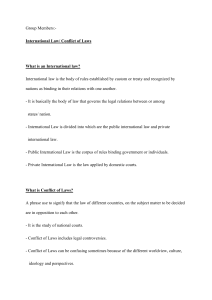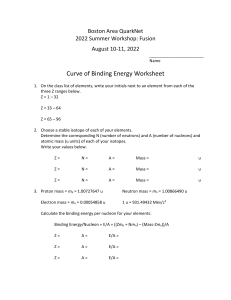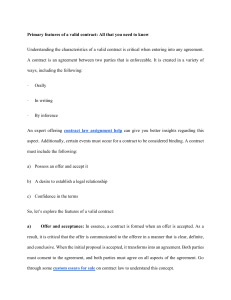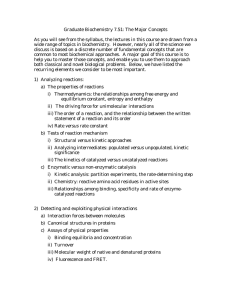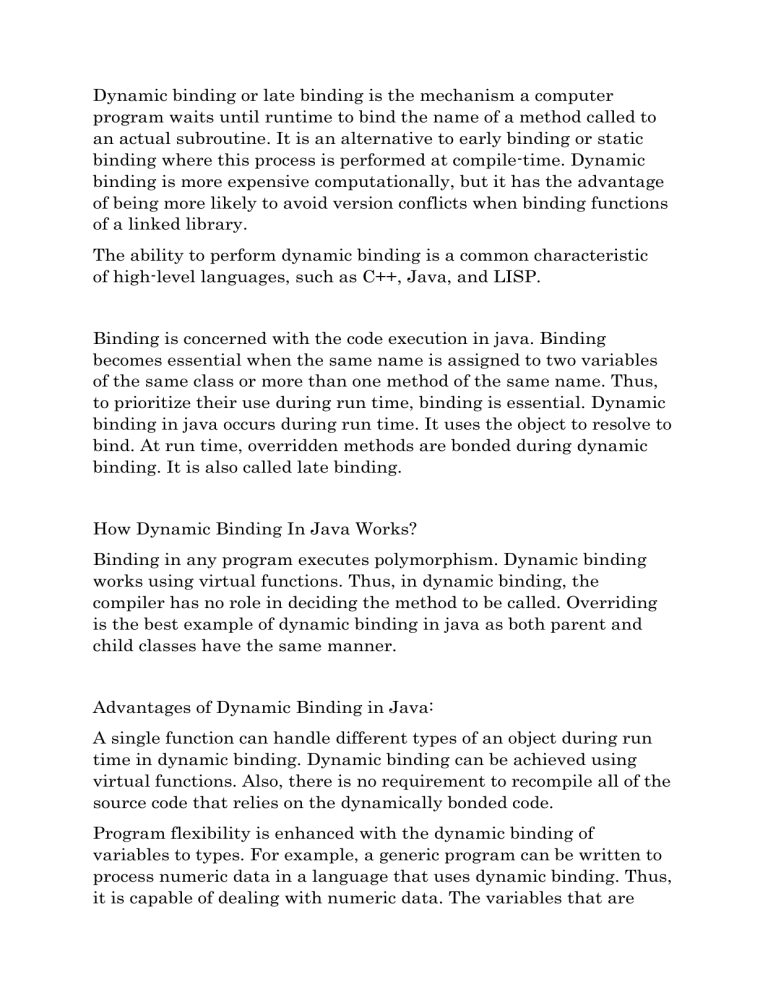
Dynamic binding or late binding is the mechanism a computer program waits until runtime to bind the name of a method called to an actual subroutine. It is an alternative to early binding or static binding where this process is performed at compile-time. Dynamic binding is more expensive computationally, but it has the advantage of being more likely to avoid version conflicts when binding functions of a linked library. The ability to perform dynamic binding is a common characteristic of high-level languages, such as C++, Java, and LISP. Binding is concerned with the code execution in java. Binding becomes essential when the same name is assigned to two variables of the same class or more than one method of the same name. Thus, to prioritize their use during run time, binding is essential. Dynamic binding in java occurs during run time. It uses the object to resolve to bind. At run time, overridden methods are bonded during dynamic binding. It is also called late binding. How Dynamic Binding In Java Works? Binding in any program executes polymorphism. Dynamic binding works using virtual functions. Thus, in dynamic binding, the compiler has no role in deciding the method to be called. Overriding is the best example of dynamic binding in java as both parent and child classes have the same manner. Advantages of Dynamic Binding in Java: A single function can handle different types of an object during run time in dynamic binding. Dynamic binding can be achieved using virtual functions. Also, there is no requirement to recompile all of the source code that relies on the dynamically bonded code. Program flexibility is enhanced with the dynamic binding of variables to types. For example, a generic program can be written to process numeric data in a language that uses dynamic binding. Thus, it is capable of dealing with numeric data. The variables that are used to store data can be bound to the correct type after input. Thus, irrespective of the type of data, the input is acceptable in dynamic binding in java. Thus, dynamic binding allows subtype polymorphism and classspecific methods. If there is a need for the addition of new subclasses, it can be achieved without modifying the clients. Examples of Dynamic Binding in Java: Example 1: Output: Explanation: Firstly, the methods are not static in this code. The compiler goes on by referencing variables only and hence has no idea print is to be called. Accordingly, the binding is delayed to run time. Thus, based on the type of object, the corresponding version of the print is called. “Dynamic” means “run time”, and “binding” means “association”. So the term dynamic binding indicates run time association of objects by java virtual machine. Here we will see how Java achieves dynamic binding in run time, which means before the code’s final running but after compilation. Syntax: For dynamic binding in Java, you should follow the basic syntax of java with annotations. You may use @Override annotation here to point out which method we want to override specifically. How Dynamic Binding Works in Java? Runtime polymorphism works in Java by method overriding. Method overriding happens when objects have the same method name and arguments and type as of their parent class but with different functionality. If a child class has that type of method in it, we call it an overridden method. Why is it called dynamic binding? Reason being named so, due to the fact that the functionality of the method is dynamically decided in run time as per the object by JVM. It is also referred to as “Run time Polymorphism”. when we call an overridden method of child class through its parent type reference (this phenomenon in java is referred to as “Upcasting”), then the type of the object indicates which method or functionality will be invoked. Making of this decision happens during runtime by JVM after the compilation of code. Hence it is called run time polymorphism. It is also called “Late binding”, because binding of method and object, which means the functionality of which object’s method will be displayed, is decided late, i.e. after compilation. Rules Regarding Dynamic Binding Methods or functions of child and parent class must have the same name. Methods or functions of child and parent class must have the same parameter. The inheritance relationship is mandatory (IS-A relationship). Limitations in Dynamic Binding You cannot override the private methods of a parent class. You cannot override Final methods. You cannot override static methods. Dynamic Binding in Java- Points to Remember: It occurs during the run time only, not at compile time. The binding of overridden methods is always dynamic. In Objective-C, all forms are resolved dynamically at run time. Conclusion: Dynamic binding in java is one of the types of connecting a method call to the method body. It enjoys multiple advantages over static binding. In modern java development, dynamic binding uses objects, is resolved at run time, and can be overridden. Thus, it is one of the essential concepts of object-oriented programming for code execution.
